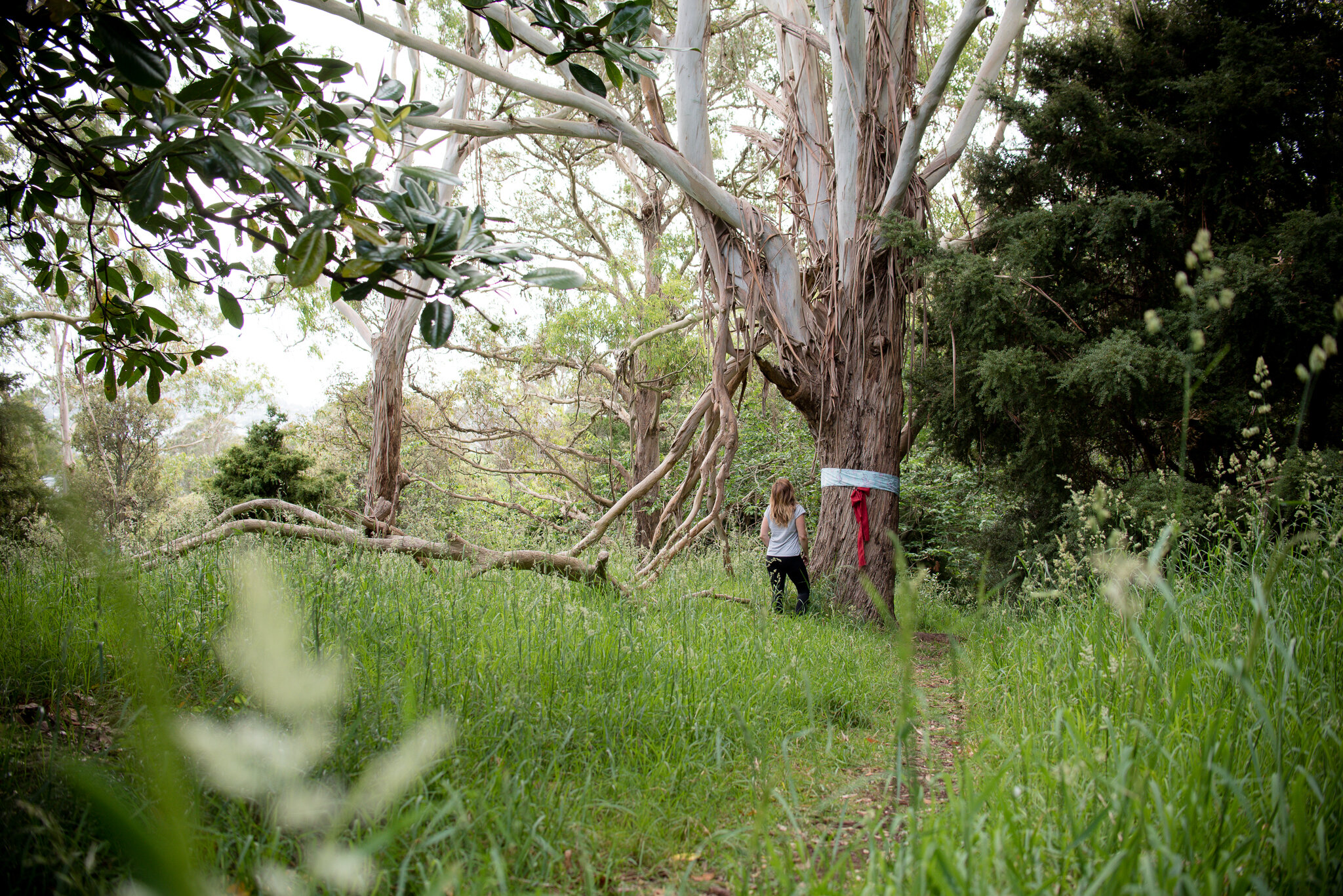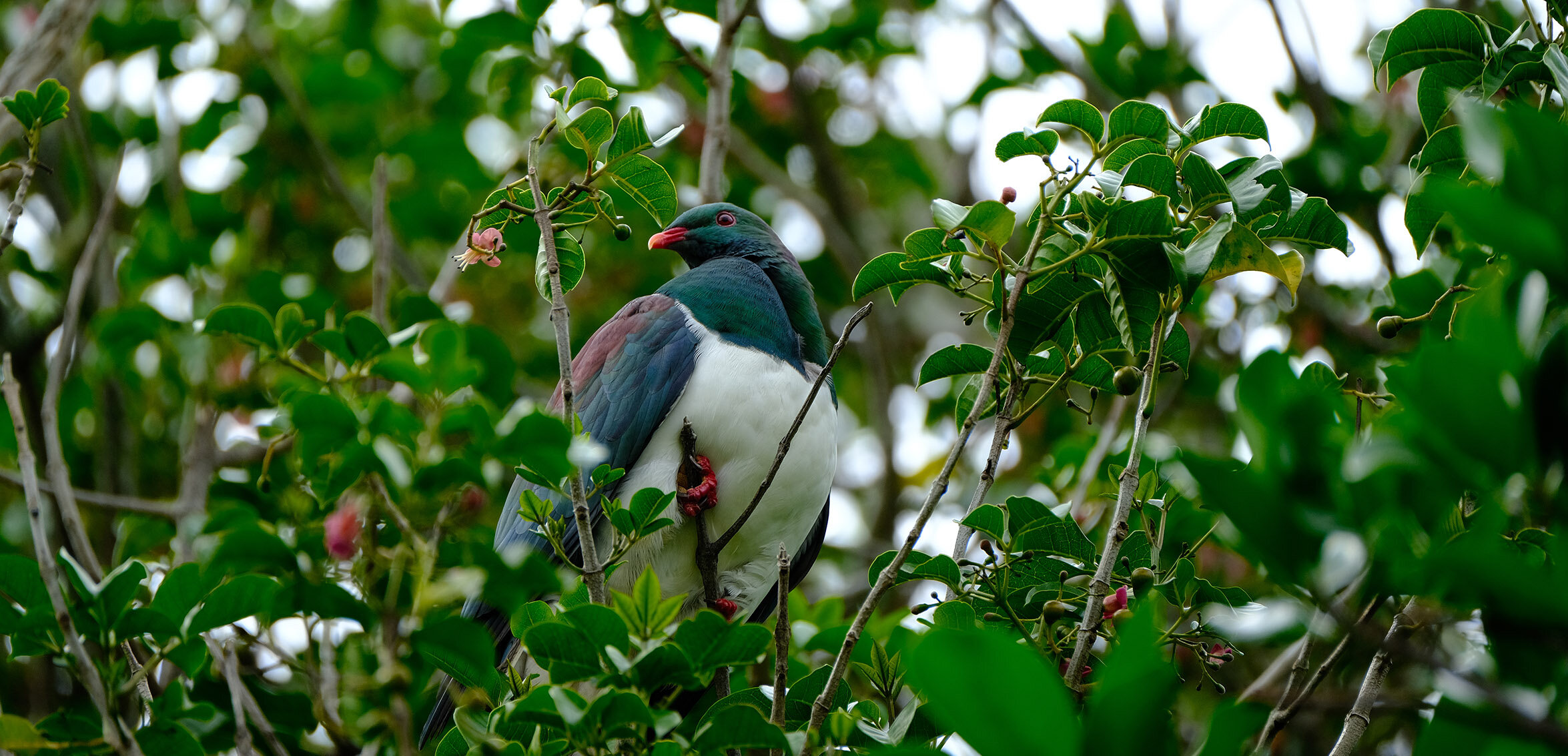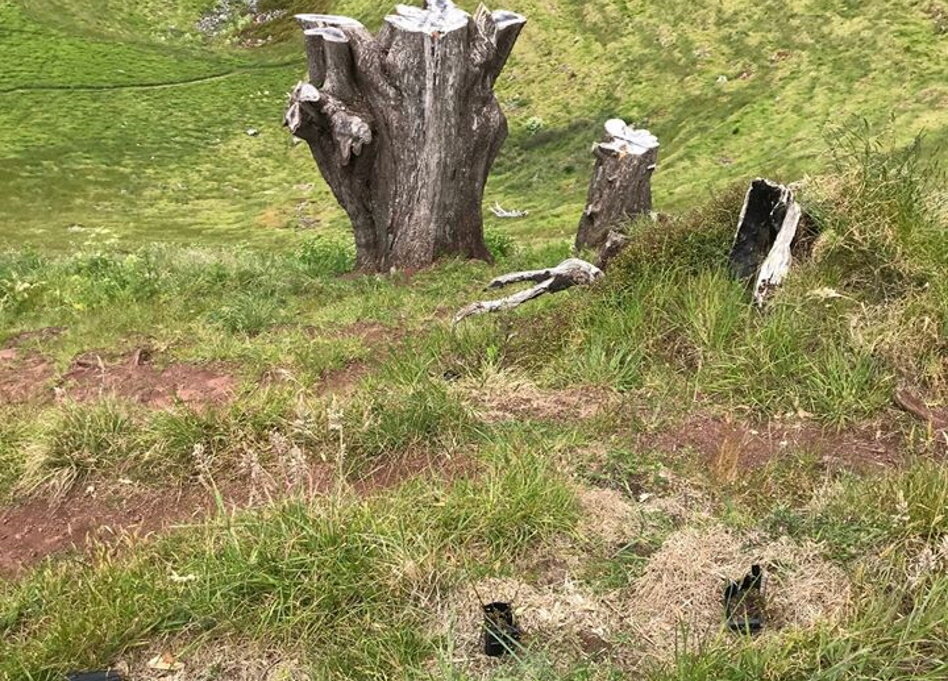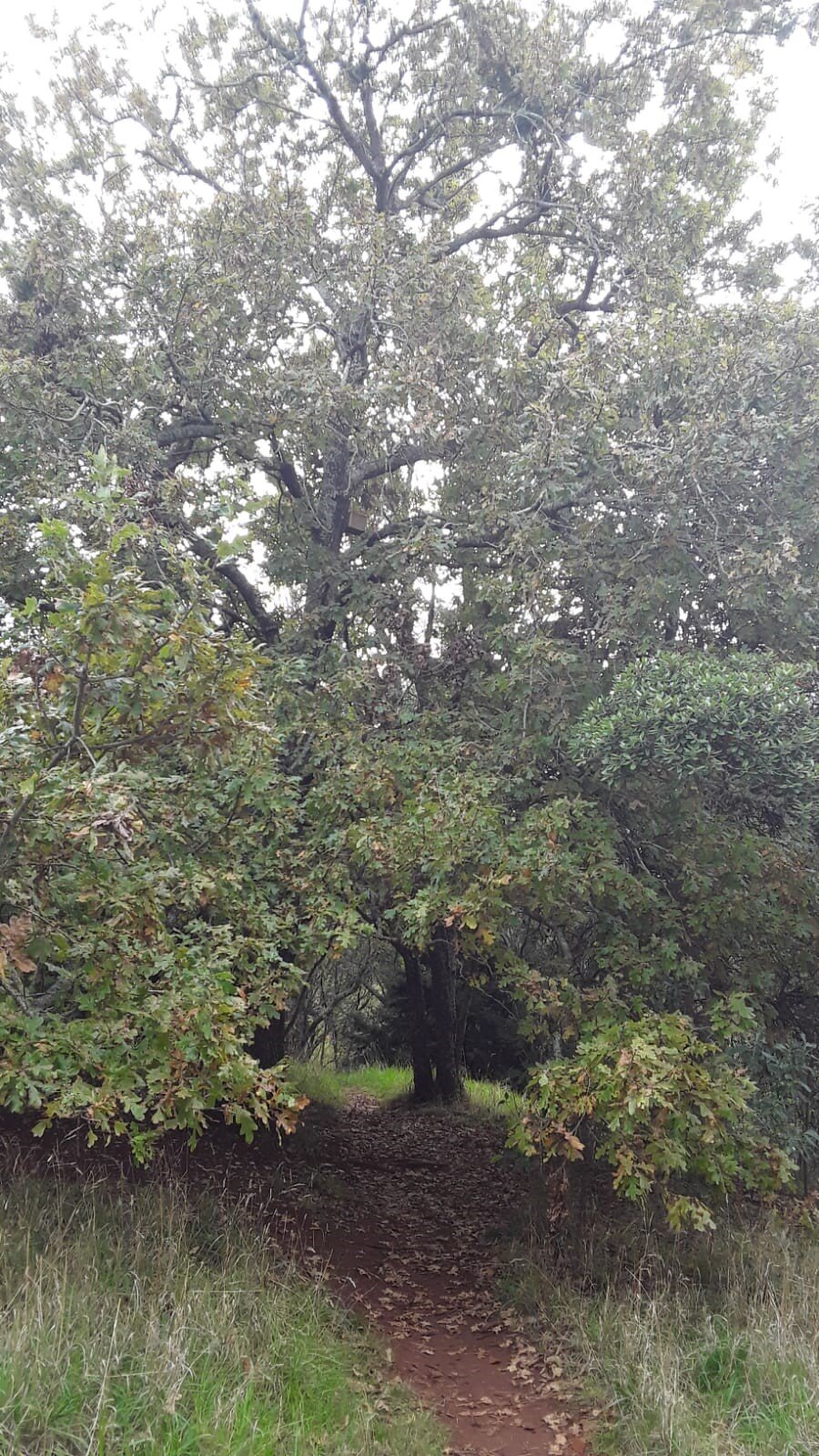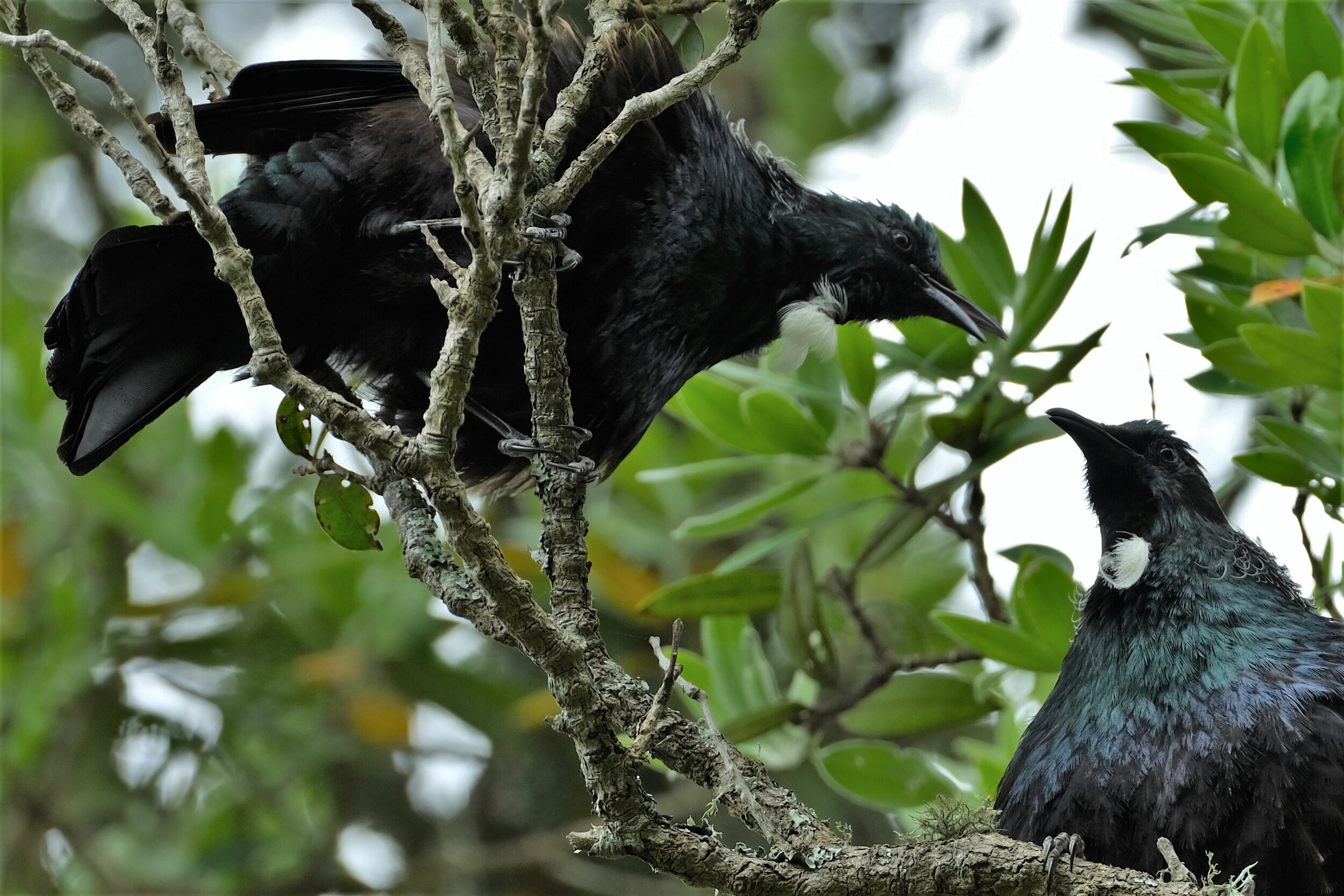
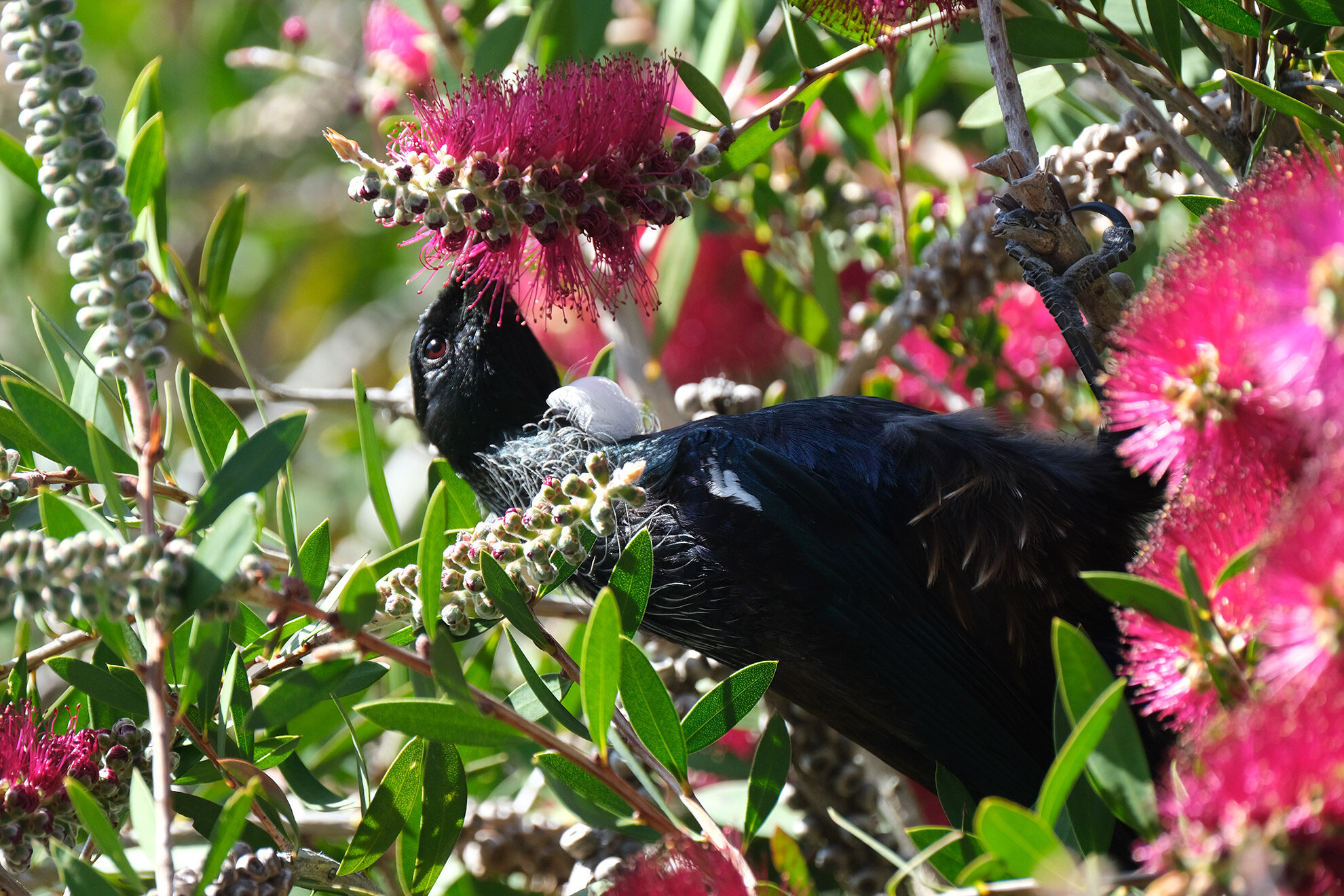
Your donation will help us to continue advocating for the maunga trees, including raising public awareness about mayoral and local body election candidates who do / do not support saving the maunga trees.
Subscribe to our newsletter and keep up-to-date with our tree-saving progress.
The March 2022 judicial decision means the trees are safe for now but that may change in the future. Time will be of the essence if and when the chainsaws come out and it will be vital to get as many people as possible on site to prevent the tree felling.
Signing our tree-saving petition is a quick and easy way to show your support for saving Ōwairaka’s trees. Please do not make donations on the Change petition website because those funds go to Change.org to promote the petition. It is more helpful to donate to us via our Givealittle page.
“We have an obligation to give this world to the next generation in a better condition than we received it.”
- Pouroto Ngaropō (Ngāti Awa ki Te Awa o Te Atua) Honour the Maunga Patron
Since Monday 11 November 2019, Honour the Maunga maintained a daily presence on Ōwairaka/Mount Albert for more than 800 days until a judicial decision gave the trees a reprieve. However, we will continue advocating for the trees until we know for sure they are safe.
Our mission is to honour this beautiful maunga and all its lifeforms by preventing Tūpuna Maunga Authority from felling 345 healthy, mature exotic trees.
See here for more information about why we are fighting so hard to save these trees.
We want to save Ōwairaka’s trees from this sad fate…
But this environmental destruction doesn’t stop at Ōwairaka. The Authority plans to fell around 2500 exotic trees on all of Auckland’s volcanic cones under its control. Please help us to save these trees from the fate that has already befallen hundreds of beautiful trees at Mangere, Ōhuiarangi / Pigeon Mountain and Maungarei / Mt Wellington. Click here to get a text alert if the chainsaws come out on Ōwairaka or any other maunga (you can choose which maunga you receive text alerts for).
A lovely stand of exotic trees was felled at Ōhuiarangi / Pigeon Mountain in 2019 and “replaced” with a few flaxes and low-growing shrubs.
Dead plants, still in their plastic pots, sit atop weed-sprayed grass in the foreground of mature trees destroyed on Mangere mountain in 2019.
Gratuitously felled exotics at Maungarei / Mt Wellington. The Authority paid tree felling contractors a six-figure sum to get rid of the exotics growing on a nearby cliff face.
More destruction at Ōhuiarangi / Pigeon Mountain.
Grand old trees felled at Mangere.
More destruction at Mangere.
What we ask for
Best practice is for succession to fully native vegetation to be carried out over decades - just as would happen in nature - so that the native plantings are supported by the existing, mature forest.
We are therefore asking for a phased transition to fully native vegetation that takes account of each tree’s natural life. Only fell a tree if an independent arboriculture expert makes a strong case based on internationally-recognised best practice.
We also respectfully ask Tūpuna Maunga Authority and Auckland Council to engage with us with integrity, in the spirit of positive partnership, to protect Ōwairaka and her life-forms.
“A living tree is a signpost for a habitable planet.”
- Sir Harold Marshall, Honour the Maunga Patron
Meet some of Ōwairaka’s condemned trees
Tūpuna Maunga Authority has condemned every one of the 345 exotic trees on the maunga lands under its control. Here are some of the trees that we are trying to save, many of which are sacred to indigenous peoples in other countries.Sadgrove Macrocarpa
At an estimated 150 years old, this grand old macrocarpa may be the oldest tree on the maunga. It was planted by the Sadgrove family (of nearby Sadgrove Tce).
Native and exotic birds love this tree. Sparrows have wedged nests underneath the bark of extended branches. Tuis have been seen nesting here and Morepork heard calling at night from the safety of her branches. She's a real beauty!
Olives grown from Palestinian seed
“Along with puriri, rimu and pohutakawa planted by my grandfather, the old olives on the northern slopes grew from seeds sent home from Palestine by my father on leave for a week in 1940 prior to four years as a POW in the Second World War.”
- Mary Tallon, Mt Albert resident
Eucalyptus trees from the ‘fifties
Many of the maunga’s Eucalyptus trees were planted by local school children during the 1950s. Birds such as kākā and ruru (morepork) love tall trees such as these. They also form a valuable wind break on the exposed north-eastern side of the mountain. The wind would roar in if those trees were removed.
The Authority keeps claiming that Eucalyptus trees poison the soil and stop other trees growing underneath. Nobody has told that to Ōwairaka’s ones, or to the plethora of young native trees growing happily under the protective shelter of Eucalyptus growing around the archery field.
Japanese cherries
There are numerous Japenese flowering cherries (Prunus serralata) on the maunga, including this delightful avenue of trees near the archery field.
These trees are a huge hit with tuis and kereru (wood pigeons) in particular, who flock to feed on their nectar and berries in the spring months when there are few native trees flowering.
This species of cherry is not to be confused with the invasive Taiwanese cherry.
Oak trees
There are several species of oak trees growing on the maunga, including this fine specimen on the ridge that runs between the soccer and archery fields. We estimate this tree’s age to be around 100 years.
If you look very hard about 3/4 of the way up, you will spot a little box attached to the trunk. This box had Honour the Maunga people quite intrigued, so one particularly nimble person shimmied up for a closer look…only to find it empty!
Banksia
Native birds, particularly kaka and tui, absolutely love the nectar and seeds that Banksia provides. DoC biodiversity officials agree, and have expressed concern that the Authority intends to destroy all of the maunga’s Banksia trees. Find out more (click through to the full report in the media release link above).
We need your support - click here to receive an alert text when tree felling is imminent
